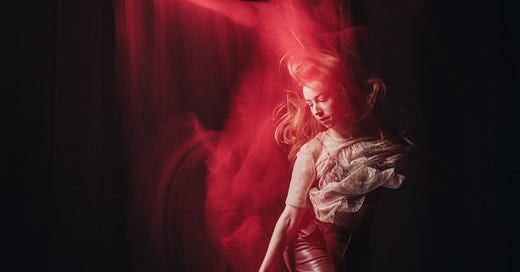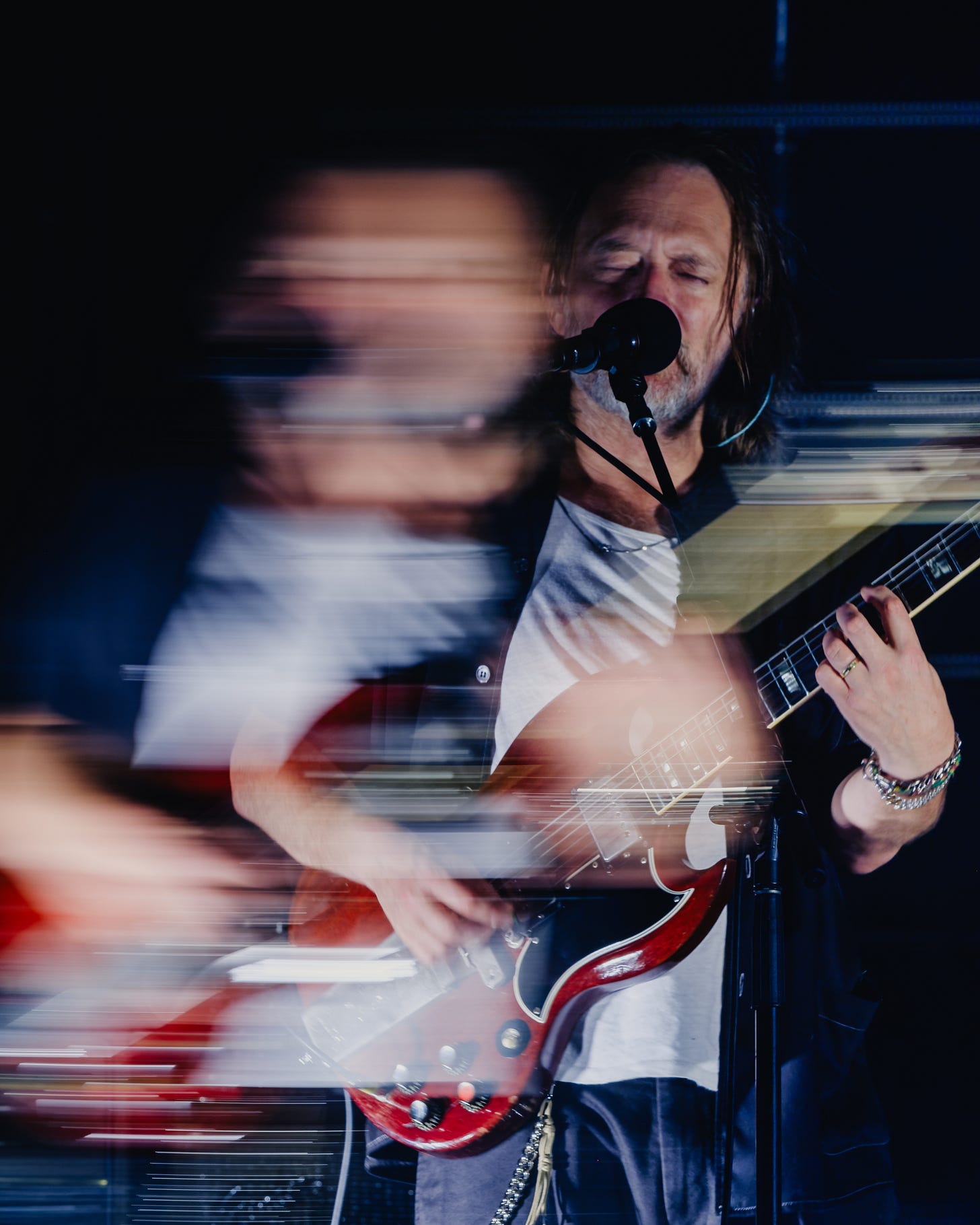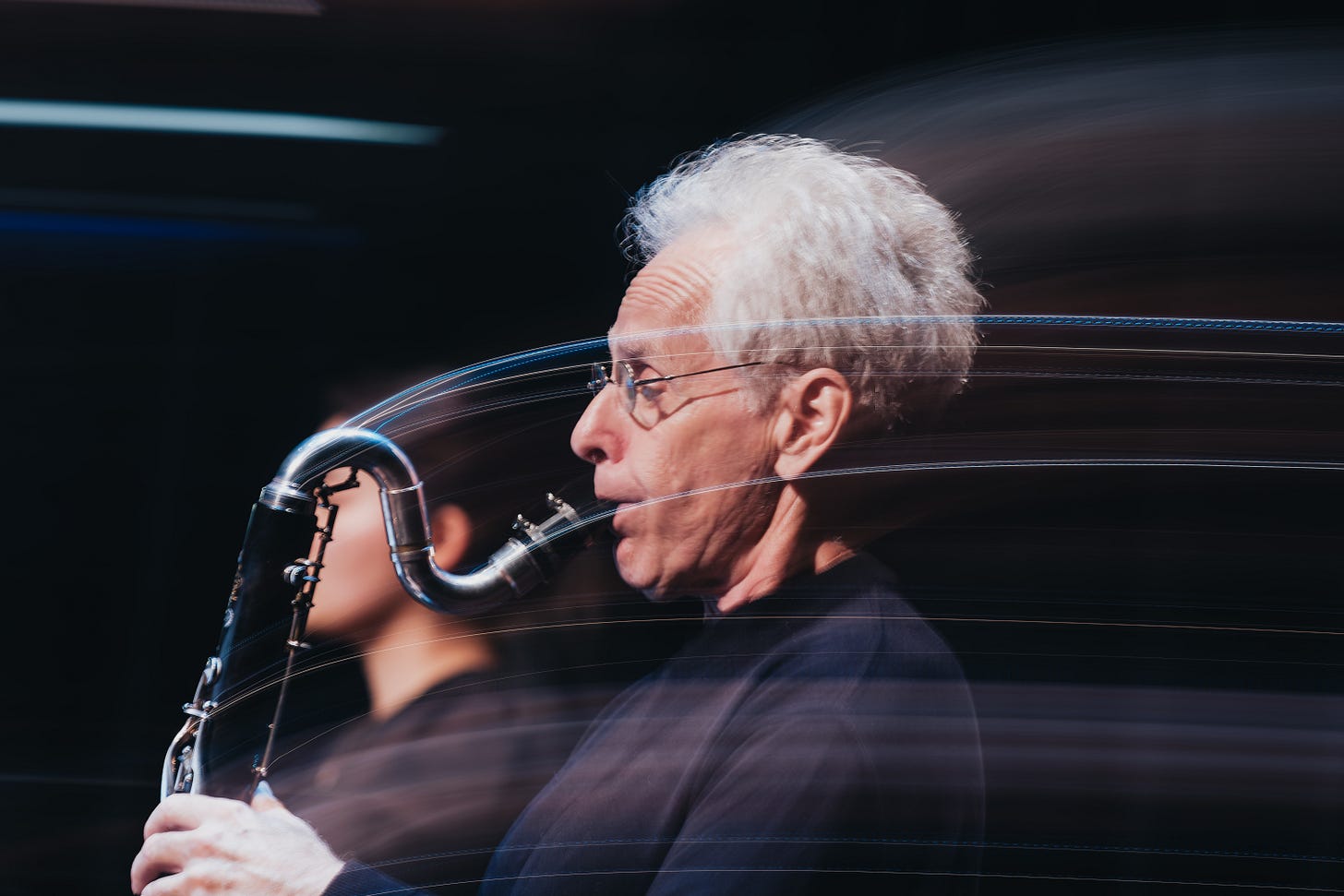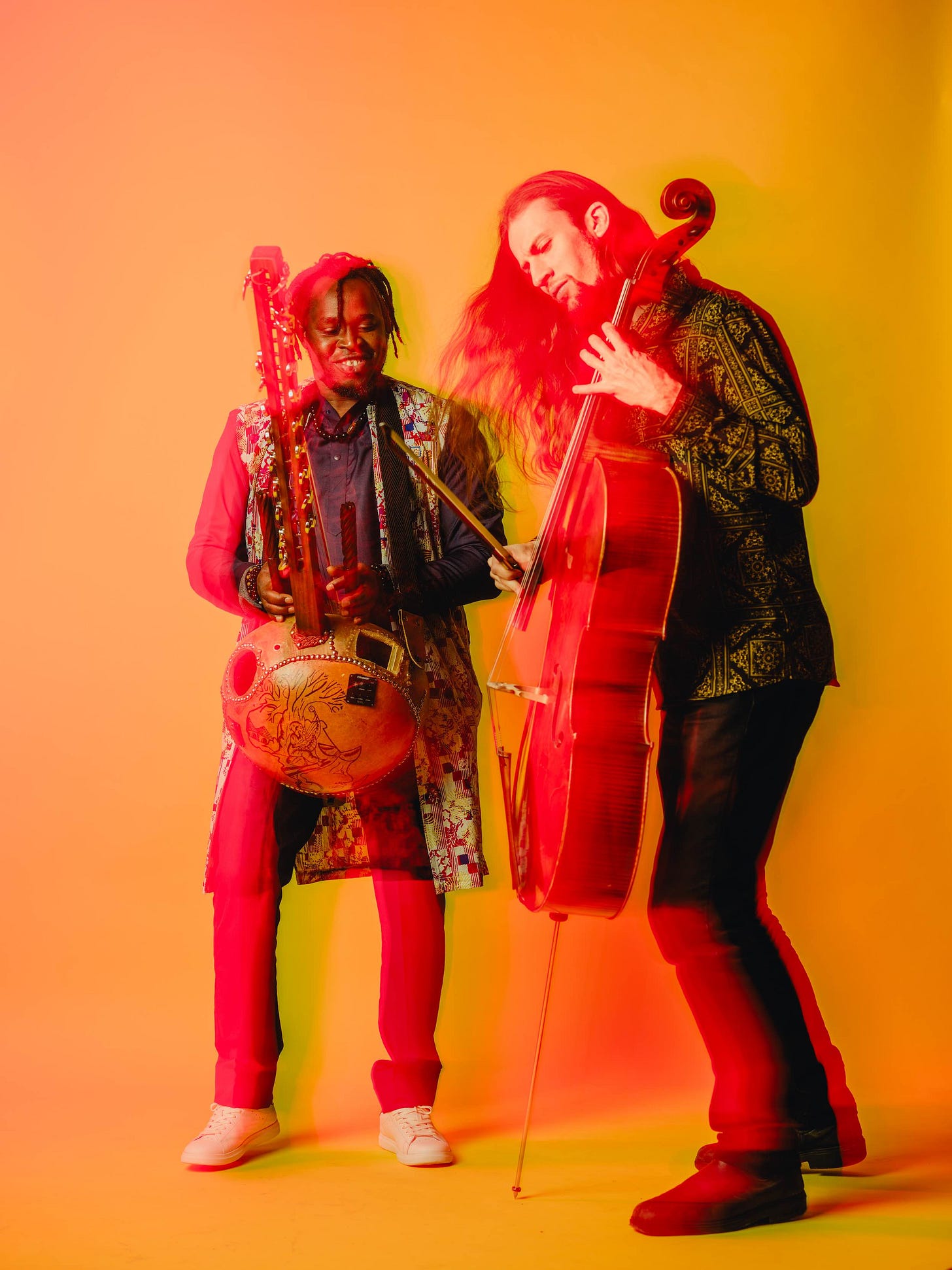Like an outstretched hand with its owner just out of frame, a countermelody lingering in the overtones, or the decisive action of a protagonist in the penultimate chapter, blur in photography is the unique kind of device that provides the evidence that there’s a soul on the other end of the line, something that animates and lives in another body.
Motion blur in photography imbues the picture with some evidence of the photographer. The photographer participates in the moment: the camera’s position is tracked over time, whether static or moving, intentionally or not.
While definitely on trend in recent years, motion blur has always been a part of photography—from the very first image, taken over a span of weeks, to the present day fascination with older digicams and the ongoing community of film photographers. This past year, an exhibit in Switzerland was dedicated to the topic. Whether blur is a sought-after or undesirable quality depends on who, when, or where you ask, and these trends seem to have a cycle; George Bernard Shaw would call the products of Pictorialism “fuzzographs”—good thing he didn’t have to witness the rise of the original Instagram filters, or vaseline on the lens.
Historically, part of the reason for blurry images can be at least in part attributed to the technology available. John Dolan’s wedding style evolved surely at least in part out of treating his Rolleiflex like a reporter’s 35mm; his twin reflex body being a two-handed, waist level tool not exactly designed for whip-fast settings changes. But his images are always imbued with intent—the couple hugging in sharp relief to the smear of a passing car; the haze in a room leaving only the trace impression of a bridal prep scene. It’s a kind of focus.
It might also be found in what you’d call human error, or more non-judgementally, evidence of humanity: In Henri Cartier-Bresson’s later years, his hands weren’t as steady as he took fellow photographer Helmut Newton’s portrait. To Newton’s mild criticism, Cartier-Bresson famously said, “sharpness is a Bourgeois concept”. I think his tongue was halfway in his cheek when he said this, but we’ll never be sure. These days, it sure feels like blur is in fact the Bourgeois concept.
That being said, embracing Pictorialism doesn’t need to be the only way to embrace motion blur. There’s also the school of intentional camera movement, or ICM. While exceedingly difficult and requiring some luck, it’s possible to produce photos that both sharply convey a subject while including elements of motion (whether by objects, the camera, or both). Using mixed (continuous and flash) lighting is another popular way to achieve this.
When I first started intentionally blurring photos, it felt like a relatively bold, risky, experimental move. It’s all relative, but in a culture with photographic tools that are tuned for sharpness, that’s how it felt. Worse is when it felt like a creative solution in search of its artistic excuse, rather than a meaningful inclusion—and I’ve definitely been guilty of this more than a few times. Still, I tried, incorporating motion as part of the composition in a way I hoped would be meaningful.
Only after I was sure I had enough “conventional” shots at a gig did I spend some time seeing what could be done with a slower shutter and a precise hand. Even on very special occasions (e.g. a major musical act where ten minutes is all you get), I decided to make time for it. I was eventually rewarded with some of my favourite photos I’ve ever taken in my (so far, very brief) career (note that these are all single exposures, entirely created in camera):
There are a lot of photographers from whom I prefer their overall body of work, and I can’t help but think that one of the reasons is that their photos bear their signature. For musicians that could be a certain vocal or instrumental tic or tone, for writers that’s their way with words, and for photographers at least one of the ways one can distinguish oneself is the way our hands move and the ways we choose to aggregate and freeze the moments we witness.
Blur doesn’t work for every image, certainly—but neither does an augmented sixth for every musical phrase ending, or a periodic sentence for every utterance by a novel’s character.
But when it hits—when it makes absolute, undeniable sense—I think there’s nothing like it.








